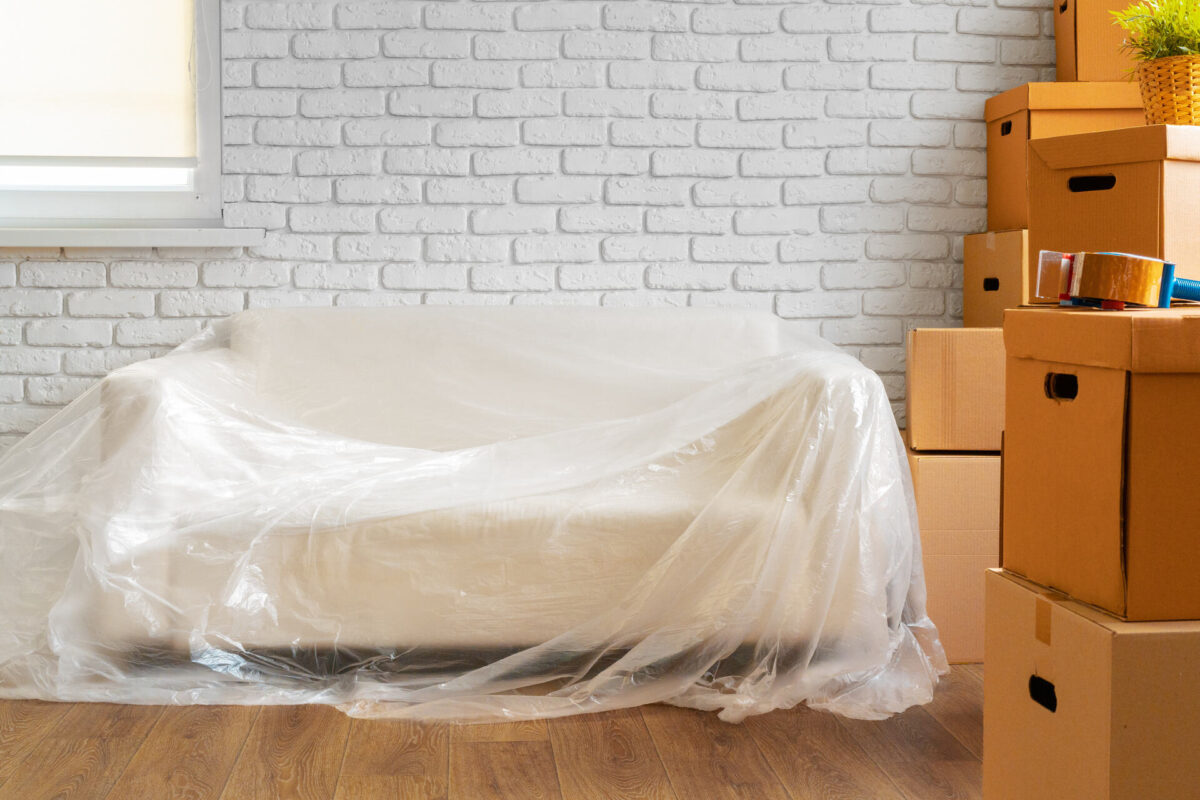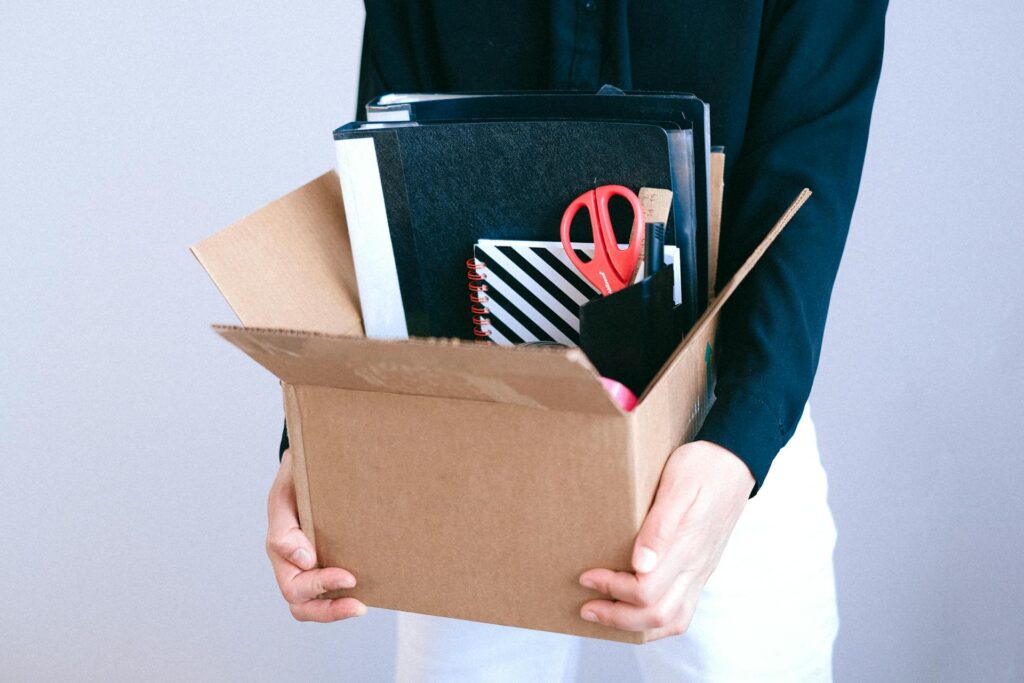Embarking on a journey of furniture moving across international borders can be both an exciting and difficult task. Whether you’re relocating for work, personal reasons, or adventure, this comprehensive guide is designed to navigate you through the complexities of moving furniture internationally.


Navigate international furniture relocation confidently by understanding regulations, choosing experienced movers, and considering the furniture’s value. Proper packing, climate control, and insurance safeguard your belongings, so explore shipping overseas options, track the shipment, and address damages promptly. Thorough research ensures smooth customs processes and compliance with destination country requirements. Approach the move with preparation and expertise for a successful transition.
Moving Furniture Internationally – Understand Regulations and Requirements
When moving abroad, it’s imperative to have a solid grasp of the various regulations and requirements governing such endeavors. Each country has its own set of rules regarding imports, which can include restrictions on certain items, duties, taxes, and documentation. Researching the regulations of the destination country is crucial to avoid any unforeseen complications during the relocation process.
Complying With Customs Rules and Duties
Navigating the customs process is a pivotal aspect of international furniture relocation. Customs rules and duties play a significant role in determining how your large items will be treated upon entry into the new country. Complying with these regulations is essential to prevent delays, fines, or even the confiscation of items.
Adhering to Shipping and Quarantine Regulations
International furniture relocation involves not only complying with customs regulations but also adhering to shipping and quarantine protocols. Many countries have strict guidelines in place to prevent the spread of pests, diseases, and contaminants through imported goods. Understanding these regulations is crucial to avoid your items being subjected to lengthy quarantine periods or even denied entry.
Preparing Necessary Documentation
Relocating furnishings internationally requires a substantial amount of documentation to ensure a smooth transition through customs and other regulatory checkpoints. Prepare essential documents such as packing lists, bills of lading, certificates of origin, and any other paperwork required by the destination country. A meticulous approach to documentation not only expedites the customs clearance process but also serves as a record of items for insurance purposes.


Choosing the Right International Moving Company for Furniture
Selecting the appropriate overseas shipping company is a pivotal step in ensuring the success of furnishings relocation. The process involves entrusting cherished belongings to the hands of professionals who can navigate the complexities of international logistics.
Evaluating Experience and Credentials
When it comes to how to hire movers to move furniture, experience matters. An established and reputable overseas moving company with a proven track record can provide you with a sense of confidence and security throughout the relocation process. Make sure to check the company’s licensing and credentials. You can check if a company is licensed on sites like the Better Business Bureau.
Understanding Insurance and Liability Policies
The safety of your items during transit is a paramount concern. Accidents or unforeseen events can happen, and having adequate insurance coverage in place can offer peace of mind. By being well-informed about insurance options, you can make informed decisions to safeguard both the belongings and financial interests.
Comparing Quotes and Service Options
Obtaining and comparing quotes from different international moving companies is an essential step in finding the best value for overseas relocation. However, it’s not just about the price – the scope of services offered also plays a crucial role. Make sure to obtain free quotes from at least three different relocation companies before hiring movers.


Preparing and Packing Furniture for International Shipment
Efficiently preparing and packing furniture pieces for international shipment is a critical aspect of ensuring its safe and secure arrival at the new home. The way you pack items can greatly impact their condition upon arrival, especially when faced with the challenges of moving overseas. This section of the guide will provide you with valuable insights and practical steps to take when preparing furnishings for its international journey, from assessing and inventorying all items to utilizing appropriate packing materials and techniques.
Assessing and Inventorying Furniture Items
Before you embark on the packing process, it’s essential to assess and do a home inventory of all furniture pieces. Creating a detailed inventory list of belongings not only helps you keep track of what needs to be packed but also serves as a reference point for insurance claims or customs documentation. This step lays the foundation for a well-organized and efficient packing process.
Utilizing Proper Packing Materials and Techniques
The choice of packing materials and techniques can significantly impact the protection of furnishings during transit. Properly packing items minimizes the risk of damage or other relocation mistakes due to shocks, vibrations, and shifts that can occur during transportation.
There are different types of packing materials best suited for different furnishing pieces, but the relocation essentials you will need to have include:
- Relocation blankets,
- Bubble wrap,
- Packing paper,
- Specialty boxes.
Considering Professional Packing Services
When you need help moving furniture within homes and across the world, hiring professionals is always a good choice. While packing yourself can be a cost-effective option, enlisting professional packing services can provide added expertise and convenience. Professional packers are skilled in the art of securing and protecting items for international transport. There are various benefits of hiring professionals, including their experience in handling various furnishing types, their access to specialized packing materials, and their ability to efficiently disassemble and reassemble complex items.


Transportation Options for Moving Furniture Internationally
Selecting the right transportation method for international furniture relocation is a crucial decision that can impact factors such as cost, time, and the condition of belongings upon arrival. This section of the guide will provide you with an overview of the various transportation options available for relocating furnishings internationally.
Whether you’re considering sea, air, or land transport, understanding the strengths and limitations of each mode will help you make an informed choice that aligns with your specific needs and priorities.
International furnishings relocation offers a range of transportation choices, each with its own set of advantages and considerations. Sea freight, often chosen for larger shipments, offers cost-effectiveness and the capacity to accommodate bulky items. Air freight, on the other hand, prioritizes speed and is ideal for smaller shipments or items of high value. Land transport, including road and rail, can bridge the gap between neighboring countries and provide a seamless connection between different modes of transport.
Choosing the right containers or crates for belongings is integral to ensuring their protection and safety during transit. The selection process involves considering factors such as the size, weight, fragility, and specific requirements of items. There are different container types for sea freight, offering insights into standard containers, open-top containers, and flat-rack containers. Additionally, if you have delicate or fragile items that require extra protection, consider custom crating options.
A successful international furnishings relocation involves seamless coordination between various local and international partners. From trucking companies and shipping agents to customs brokers and warehouse operators, these collaborators play a crucial role in ensuring the smooth flow of items through various stages of transportation.
Unpacking and Settling Furniture in the New Location
Once the furniture arrives at its new international destination, the process of unpacking and settling it into a new space begins. This phase is where careful attention to detail ensures a smooth transition and the preservation of furniture’s condition. In this section, we’ll guide you through the steps of coordinating delivery, inspecting for damages, and expertly unpacking and arranging furniture to transform a new dwelling into a comfortable and functional environment.
Coordinating Delivery and Handling at Destination
Coordinating the delivery of belongings at the destination is a critical step in the relocation process. Timely and organized delivery ensures that items are moved safely and are ready to be settled in. It’s crucial to understand the importance of clear communication with the chosen moving company or partners, verifying delivery schedules, and preparing for the furniture’s arrival. By understanding the logistics involved in this phase, you can ensure that the delivery and handling of items are smooth and well-coordinated.
Inspecting and Reporting Any Damages
Upon delivery, it’s essential to conduct a thorough inspection of all items to identify any damage that may have occurred during transit. Promptly reporting any issues to the relocation company or insurance provider is crucial for initiating a claim if needed. By addressing any concerns early, you can expedite the resolution process and ensure that the furniture’s condition is restored to its pre-shipment state.
Assembling and Arranging Furniture as Needed
Once the pieces have been unpacked and inspected, the task of how to move furniture in-house and assemble and arrange it comes into focus. Proper assembly ensures that the furniture is stable and functional, while thoughtful arrangement enhances the aesthetic and practical aspects of the interior design.
Follow the manufacturer’s instructions for assembly, arranging pieces to optimize space and flow, and take the new environment’s layout and lighting into consideration. By thoughtfully arranging furnishings, you can create a welcoming and comfortable atmosphere.


Special Considerations for Antique or Valuable Furniture
Transporting antique or valuable furniture internationally requires extra care and attention due to the historical and monetary significance of these items. These treasures often hold sentimental value and cultural importance or are considered valuable investments. In this section, we’ll delve into the unique considerations that come with relocating such pieces across borders. From specialized services to climate control and insurance, we’ll equip you with insights to ensure the safe and secure relocation of antique and valuable items.
Employing Specialized Services for High-Value Items
Antique or valuable pieces often necessitate specialized handling to safeguard their integrity. Employing professional services that specialize in the transportation of high-value items is crucial. These experts have experience in packaging, securing, and transporting delicate and valuable pieces. Their expertise in handling fragile or valuable items will provide you with the peace of mind that all cherished pieces are in capable hands.
Climate Control and Security Measures
Maintaining the ideal climate conditions during transit is paramount when relocating antique or valuable furniture internationally. Drastic temperature changes, humidity fluctuations, and exposure to adverse conditions can damage these delicate items. Climate-controlled transportation options are required when shipping delicate items, including airfreight or specialized shipping containers.
Insurance and Appraisals for Antique Pieces
Securing comprehensive insurance coverage for any antique pieces is a vital step in protecting your investment. Understanding the importance of insuring valuable items during transit is vital, including the types of coverage available and factors to consider when selecting an insurance provider.
Make sure to obtain professional appraisals for antique pieces before the move. These appraisals not only serve as documentation of the items’ value but also facilitate the insurance claim process in case of damage or loss. By having adequate insurance and accurate appraisals in place, you can safeguard valuables against potential risks and uncertainties during their international relocation.


Navigating a Seamless International Furniture Relocation
Relocating furniture internationally involves a multifaceted process encompassing regulations, logistics, packing, transportation, and more. With the right knowledge and careful planning, you can navigate the challenges of international furnishings relocation and ensure that your cherished pieces arrive safely and seamlessly. Hiring a reliable shipping company is one of the most important aspects, so contact us at Sunset International Shipping and allow us to safely transport your belongings.
FAQ
To choose the right international relocation company, research experience, credentials, and reviews. Compare services, insurance options, and quotes. Prioritize companies with expertise in international furniture relocation to ensure a smooth and secure transition of all belongings.
Regulations vary by country, but common rules involve declaring items, paying duties, and adhering to import restrictions. Research the destination’s customs guidelines beforehand.
Safely packing furnishings for international shipping involves disassembly when possible, using appropriate materials like blankets and bubble wrap, securing fragile parts, and meticulous labeling. Consider professional packing services for delicate items to ensure their protection during transit.
Options include sea freight for larger shipments and air freight for speed. Choose based on the relocation budget, timeline, and furniture type.
The duration of international relocating varies based on factors such as distance, mode of transport, customs processing, and logistics. Timelines can range from a few weeks to several months, influenced by the complexity of the move and destination specifics.
Handle valuable or antique pieces with care by employing specialized movers, ensuring climate control during transit, obtaining comprehensive insurance coverage, and acquiring accurate appraisals before the move to protect treasured items.
The costs of an international relocation vary based on factors such as distance, mode of transport, shipment size, and additional services. Obtain detailed quotes from relocation companies to estimate the expenses accurately.
Yes, many companies offer tracking services. Inquire with the chosen company to monitor the progress of the shipment and receive updates on its location and status during transit.
Inspect furnishings upon arrival, document any damages with photographs, and promptly report any issues to the relocation company and insurance provider. This initiates the claims process to address and resolve damages or losses effectively.
Research the regulations of the specific country you are importing to. Be aware of customs duties, taxes, and import restrictions. Ensure that furnishings comply with the destination country’s requirements before shipping to avoid delays or issues at customs.








